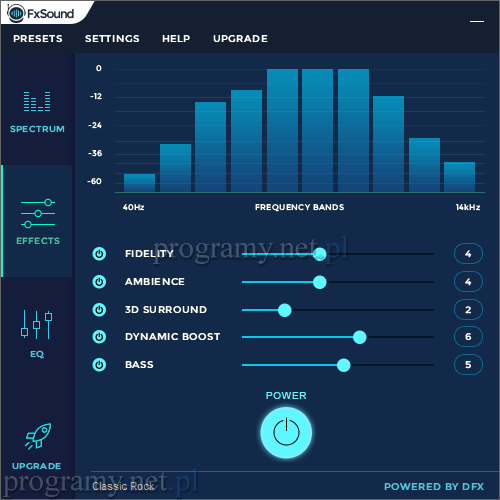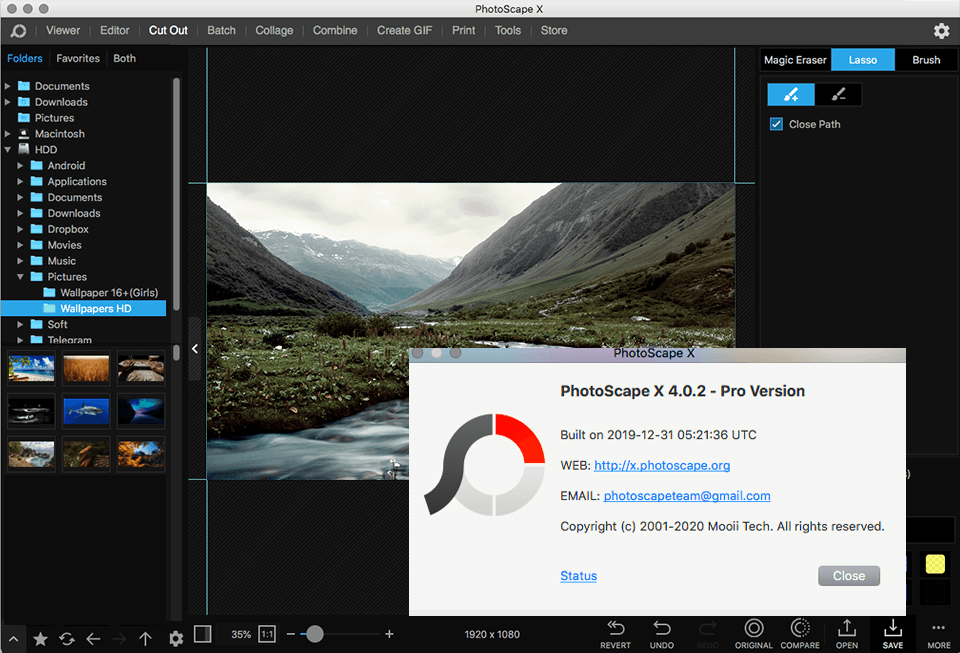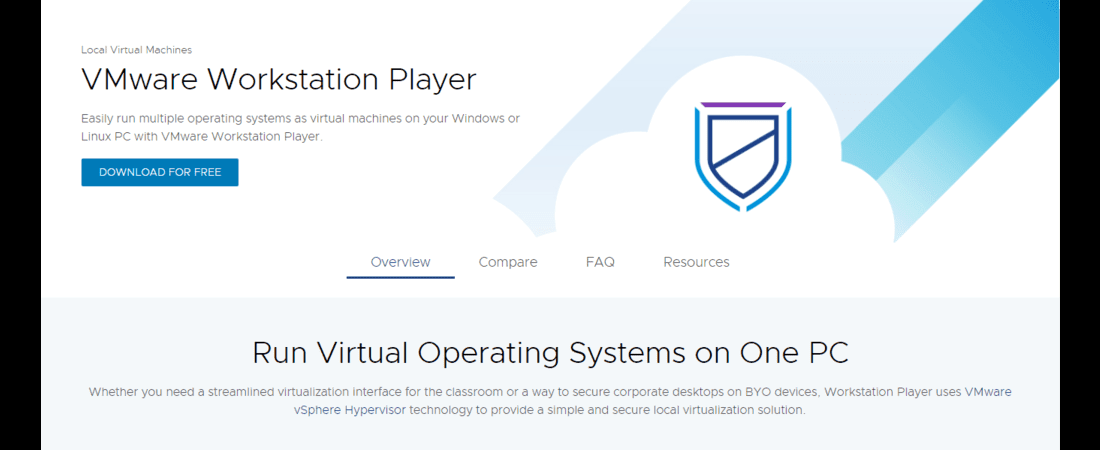Great Reasons For Considering Free Software Keygens
What Do You Know About Adobe Media Encoder And How Does The Versions 2015, 2020, 2022 And Cs6 Differ? How Do I Get Free?Adobe Media Encoder is a software application that allows users to encode audio and video files to a wide range of formats that are compatible with different platforms and devices. Adobe Media Encoder is often used to export media files from Adobe Premiere Pro or After Effects.
Adobe Media Encoder CS6 - The version was released as part of Adobe Creative Suite 6 in 2012. It brought several new features such as support for GPU-accelerated encoding as well as the ability to export to a wider variety of formats, as well as enhanced performance and stability.
Adobe Media Encoder 2015. This version was launched by Adobe in 2015 It came with a variety of improvements, including support for HDR and the ability to export in new formats like GIF or WebM. It also improved the interface for users.
Adobe Media Encoder 2020: This version was released in the year 2019 and brought a variety of new features, including the support of ProRes RAW and HDR in HEVC, the ability to export to new formats such as H.264 adaptive bitrate streaming as well as improved stability and performance.
Adobe Media Encoder Version 2022: Released in 2021, this release introduced various features, including support for more HDR format exporting at higher resolutions, presets for different social media platforms, enhanced performance, and increased stability.
The latest versions of Adobe Media Encoder offer a range of new features and improvements, including support for new formats. They also have enhanced functionality and stability. The updates made it simpler to export media files to a wide range of formats that are compatible with a variety of platforms and devices. Follow the recommended https://bittorrentz.org/ for site tips.

What Is Fxsound Enhancer And How Are The Versions Different? How Do I Get Free?
FxSound Enhancer can improve the audio quality that are in digital formats, like movies and music. FxSound Enhancer makes use of advanced algorithms to enhance audio by adding bass, clarity and depth.
FxSound Enhancer Free: The free version of this software provides sound enhancements such as 3D Surround and Dynamic Boost.
FxSound Enhancer Plus The version includes all features that are available in the free version as in addition to some additional features, such as customizable presets and access to premium audio presets.
FxSound Enhancer Premium: This is the most advanced version of the software that includes all the features that are available in the Plus version and also access to high-quality audio streams as well as premium audio presets and an audio player that is premium.
FxSound Enhancer is available in several versions. Each version has different features and tools. The Free version only allows basic sound enhancement, while the Plus version includes additional tools and features for customizing audio. The Premium version has the most sophisticated features, including high-quality audio streaming and a premium player. View the most popular https://bittorrentz.org/ for website recommendations.

What Is Photoscape Pro? What Are The Differences Between These Versions? How Do I Get Free?
Photoscape X Pro has a range of sophisticated features created specifically for professional photographers and graphic designers. Photoscape X Pro has advanced features that are designed for professionals. The software is regularly upgraded with the latest features. A few of the distinctions between versions include:
Batch editing lets you edit multiple images at the same time.
RAW image processing refers to the capability to process RAW images.
Color correction: The ability to adjust tones and colors in your photos
Filters and Effects Enhance your photos using various filters and effects
Clone Stamp Tool: Remove unneeded objects from images
Text and graphics: You are able to include text and graphics to your images
Collage and Layout Templates: Pre-designed template for creating collages or layouts
Pricing and availability could also vary depending on where you are and the platform that you're using. See the most popular https://bittorrentz.org/ for site recommendations.

What Is Vmware Workstation, And How Is It Different From Other Versions? How Do I Get Free?
VMware Workstation virtualization software allows users to use multiple virtual computers on a physical machine. VMware Workstation comes in several versions with different capabilities and compatibility. Here's a brief overview.
VMware Workstation: This was first released in 2008 to support Windows Vista, 64-bit OS and other operating systems.
VMware Workstation 8 (released in 2011): This version added a variety of new features, such as the ability for users to upload VMs directly into vSphere as well as USB 3.0.
VMware Workstation 10, launched in 2013, introduced Windows 8.1 support and added new virtual hardware capabilities such as SSD Pass-through, Intel Haswell CPU Performance Optimizations, and Intel Haswell CPU Performance Enhancements.
VMware Workstation 12: This version was released in 2015 and added support for Windows 10 and new virtual hardware features like support for 3D graphics and DirectX 10.
VMware Workstation 13: This version that was released in 2016 included support for the most recent versions of Windows, Linux and new technologies, including UEFI Secure Boot.
VMware Workstation 16, which will be released in 2020, will support Windows 10 and Ubuntu. This version also includes support for virtual hardware, such as Virtual NVMe and Trusted Platform Modules (TPM).
VMware Workstation versions come in various editions. There's Pro and Player Editions that have various features. The Pro edition is targeted at professionals, offering higher-end features such as remote connections and cloning. It also integrates with vSphere. The Player Edition however is designed to be used for personal use. It comes with a simple interface with fewer options. Take a look at the top https://bittorrentz.org/ for site info.

What exactly is Microsoft OneNote? How are versions of the software in 2007 and 2010, 2013, and 2016 different? How Do I Get Free?
Microsoft OneNote was created by Microsoft to serve as a note-taking and organizing tool. It allows the user to make notes that can later be kept in notebooks. Notebooks are divided into sections, pages and sub-sections. OneNote allows you to collect and organize data, make task lists, record video and audio and collaborate. Here's a brief description of how the most recent versions differ:
OneNote 2010 (Office 2010): OneNote 2010 was launched in 2010 and came with new features like a linked note, improved search and integration with Office 2010 applications.
OneNote 7: OneNote 7 was released in 2007. It added new features, such as handwriting recognition improvements and the ability for users to share notebooks.
OneNote 2013: Launched in 2013 OneNote 2013 introduced a brand new design and interface and also new features, such as the ability to clip webpages and integration with cloud storage services.
OneNote 2016 was released in the year 2015 and was included in the Office 2016 Suite, OneNote 2016 is a desktop version of the software that runs with Windows 10. It includes features like better sharing and syncing. You can also create sections and notebooks.
OneNote overall has been improved and enhanced with each new release. It's now a much more efficient and flexible tool for organizing and taking notes.